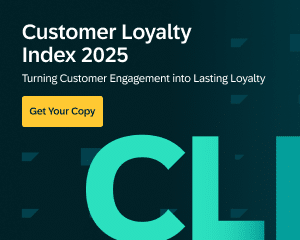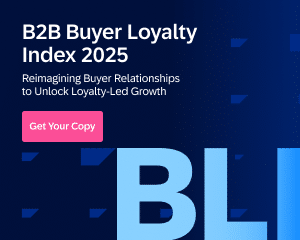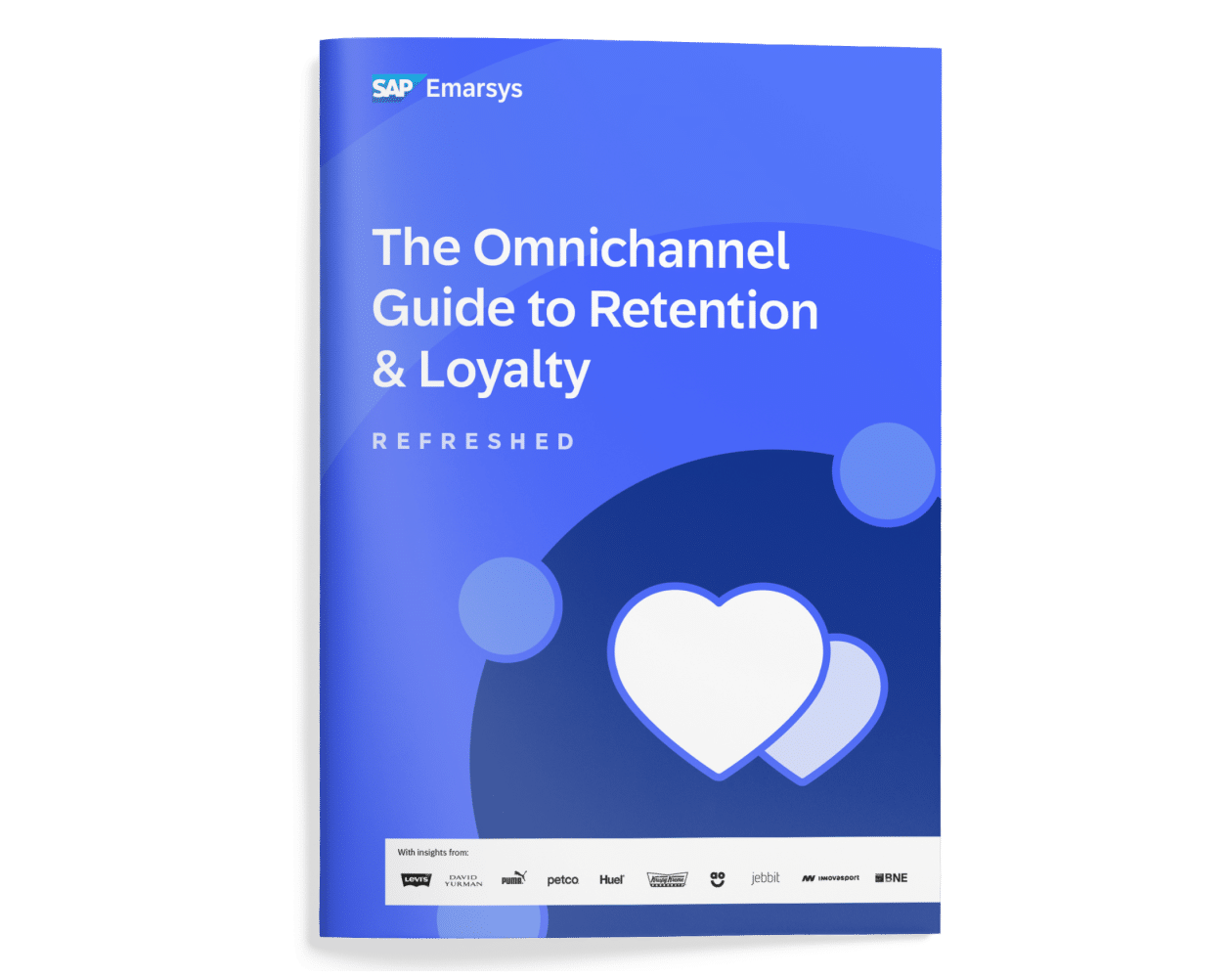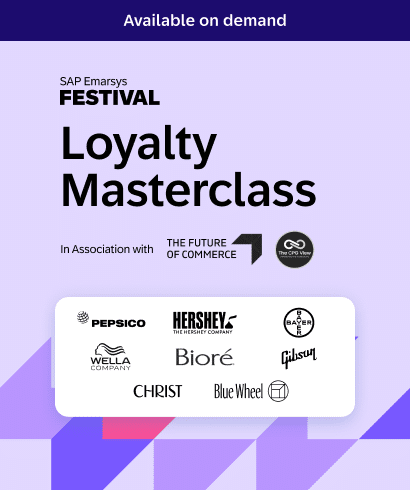Customer expectations are rising, budgets are tightening, and acquisition costs are climbing. If you’re leading marketing strategy today, you’re likely under pressure to deliver consistent growth with limited resources.
That’s where retention marketing comes in.
Retention is a revenue engine. Keeping customers engaged means increasing lifetime value, encouraging repeat purchases, and strengthening brand advocacy.
Yet many organizations still underinvest in retention. Why? Because it’s hard. Loyalty isn’t sustained by a single great campaign – it’s built over time through consistent, relevant, and personalized experiences.
In this guide, we’ll explore core retention strategies and show how leading brands are putting them into practice.
Understanding Retention Marketing Today
Retention marketing focuses on cultivating customer relationships beyond the first purchase, meeting evolving expectations, forging emotional connections, and delivering continuous value.
According to the SAP Emarsys 2025 Global Consumer Products Engagement Report, improving customer loyalty and retention has become a top priority for 41% of consumer product marketers. However, achieving that goal is increasingly difficult:
- 65% find consumer behavior harder to predict.
- 69% report greater difficulty engaging customers meaningfully.
In this environment, retention marketing is a strategic imperative. Brands that excel reduce churn, boost revenue, and build lasting loyalty, positioning themselves for long-term growth.

6 Strategies to Keep Customers Coming Back
You need more than a points program or post-purchase email to build loyalty. These six strategies help retain customers and deepen brand relationships.
1. Create emotionally resonant experiences
Confidence. Nostalgia. Resonance with personal values. When customers feel something for your brand, they’re more likely to return. Start by identifying the emotions you want to evoke and weave them through copy, imagery, and packaging.
To make storytelling actionable, use first-party data to identify which themes resonate with specific segments. Then personalize creative elements like subject lines, hero images, and messaging around those triggers.
To turn storytelling into revenue, translate emotion into action. Use first-party data to identify which narratives resonate with specific segments, and then personalize creative elements (such as subject lines, hero images, and loyalty messaging) around those triggers.
Reinforce the emotion with interactive experiences like virtual try-ons, immersive videos, or user-generated galleries that invite customers to see themselves in your brand.
Implementation tip: Build an “emotion library” in your content hub. Tag assets with the emotions they convey so your automation platform can dynamically match content to each customer’s motivation.
Example: A running-shoe brand finds that many customers run to manage stress. It launches a “Miles for Mindfulness” email series with breathing exercises and a Strava challenge.
2. Align with Customer Values for Long-Term Advocacy
Shared values turn satisfied buyers into vocal brand defenders. Start by committing to a clear mission, and make progress visible through regular, specific updates.
Showcase your values across channels: product pages, packaging inserts, and post-purchase emails. Then, invite customers to take action alongside you through point donations, cause-related products, or value-aligned events.
Implementation tip: Add a “cause preference” field to signup forms. Pass this to your segmentation engine so sustainability advocates see eco-collections first, while others receive DEI-focused stories.
3. Build feedback loops and co-create with customers
Customers become more loyal when they see their feedback put into action. Go beyond annual NPS surveys. Gather micro-feedback at key journey points such as post-search, post-purchase, chatbot exits with one or two frictionless questions.
Aggregate responses in a shared dashboard across teams. Hold quarterly customer council reviews to pilot ideas, and close the loop with “You asked, we delivered” messaging.
Implementation tip: Tag feedback by SKU and sentiment. Feed this data into your recommendation engine to boost high-rated products in emails and listings.

4. Enhance the post-purchase experience
Checkout is the midpoint, not the end, of the customer journey. Go beyond confirmation emails by including setup guides, styling tips, or community invites.
Trigger follow-ups based on usage cycles: care tips after a week, replenishment reminders at 30 days, upgrades at 60. Use shipping data to enable proactive service, like sending apology vouchers for delays or offering concierge help for high-value orders.
Implementation tip: When your ESP (email service provider) receives a “delivered” webhook, fire a survey that also feeds into your review platform and loyalty status.
5. Reward more than just purchases
If your loyalty program is only about spending, you’re missing opportunities. Mix in experiential perks, early access, charitable rewards, and exclusive content.
Use tiering to offer status benefits and behavioral incentives like reviews, profile completion, or social shares. Track all actions in your CDP, reward instantly, and let members choose their perks for deeper engagement.
Implementation tip: Add one-click loyalty opt-in at checkout. Automatically award points for the purchase to drive immediate engagement.
6. Activate referral and advocacy programs
Referrals convert because trust is pre-installed. Prompt sharing at high-satisfaction moments: delivery, 5-star reviews, or loyalty upgrades.
Offer dual-sided incentives, such as a small credit for the advocate and a first-purchase discount for the friend, to easily maximize uptake and track ROI.
Gamify the program with milestones (refer three friends to unlock a limited-edition bundle) and public leaderboards in your account portal. You can also use zero-party data from advocates to tailor future content.
Implementation tip: Add a dynamic referral banner in post-purchase emails with personalized links and referral counts from your CRM – no extra creative needed.
By weaving together emotion, values, feedback, post-purchase support, loyalty, and advocacy, you create a flywheel of engagement that keeps customers coming back and brings new ones with them.
Retention Marketing Scorecard Framework
Use this framework to assess and improve your retention strategy across six key categories:
Customer understanding: Assess your segmentation and insight practices. Examine metrics such as segment-based lifetime value and churn rate by persona.
Ask: Do we understand the key drivers of retention and churn?
Personalization: Evaluate how deeply personalized your customer experiences are. Measure the percentage of campaigns using dynamic content or AI-powered timing.
Ask: Are we tailoring content, offers, and timing?
Emotional engagement: Gauge the strength of your brand connection. Monitor NPS, sentiment analysis, and the quality of customer reviews.
Ask: Are we emotionally resonating with our customers?
Loyalty mechanics: Review your loyalty program structure. Focus on redemption rates, tier progression, and the number of active users.
Ask: Does our program offer more than just discounts?
Omnichannel consistency: Check how well your messaging aligns across channels. Track omnichannel conversion rates and drop-off between touchpoints.
Ask: Are we delivering consistent experiences online and offline?
Proactive retention: Analyze your churn prediction and response capabilities. Review reactivation rates, prediction accuracy, and time-to-intervention.
Ask: Are we using behavioral signals to intervene before customers churn?
How Leading Brands Keep Customers Coming Back
Now let’s explore real-world success stories, their challenges, strategies, and how SAP Emarsys expertise made all the difference.
Estée Lauder: Driving repeat purchases through emotional engagement
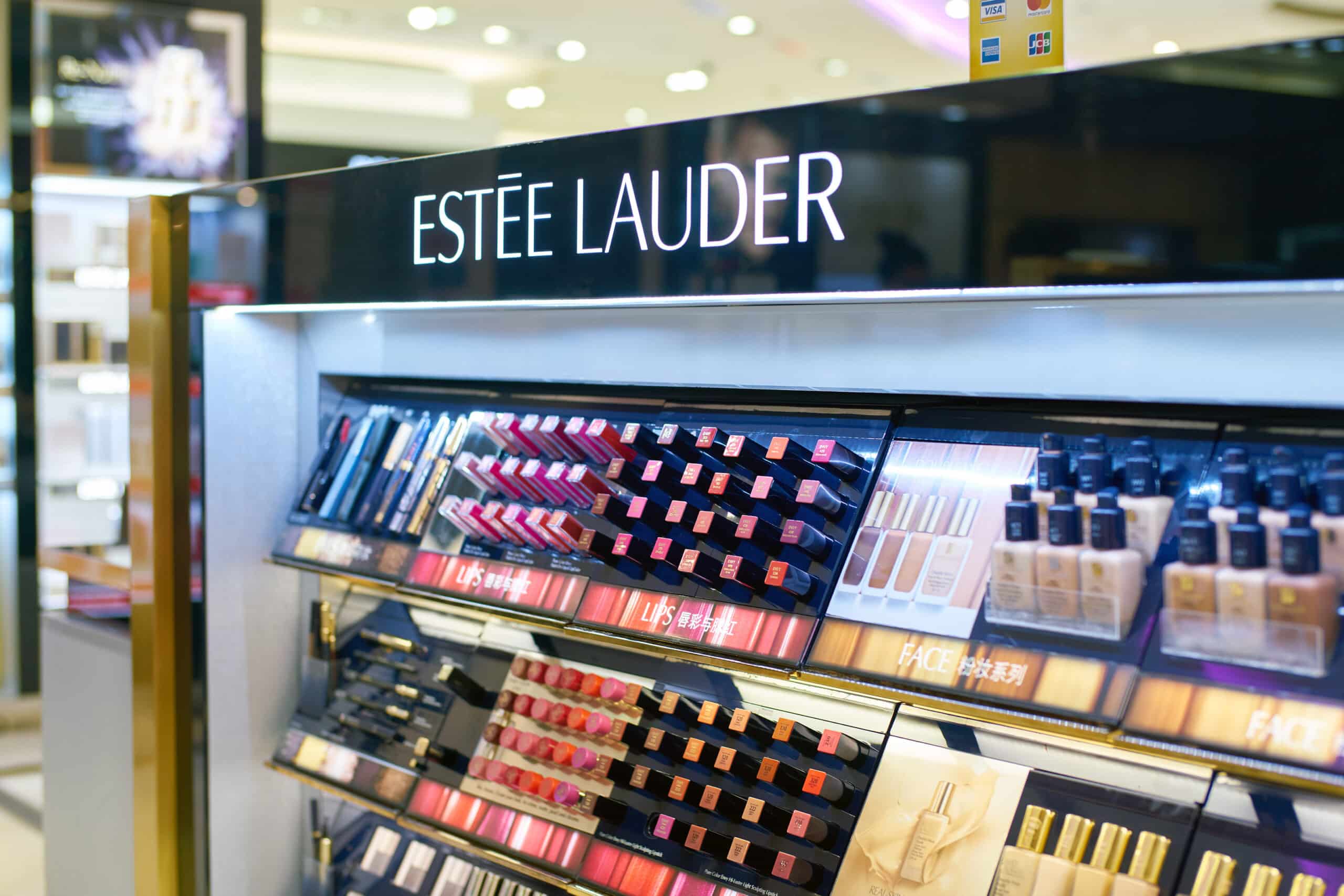
Estée Lauder Companies is a global leader in prestige beauty, offering skincare, makeup, fragrance, and hair care products. The company owns a diverse portfolio of brands known for quality, innovation, and luxury.
Challenge: With consumer preferences shifting and brand loyalty becoming increasingly difficult to maintain, The Estée Lauder Companies needed to deepen emotional engagement and deliver memorable experiences that drive repeat purchases and foster customer retention.
Solution: Estée Lauder Companies focused on a three-pronged strategy to strengthen customer loyalty:
- Product excellence: Investing in proprietary R&D, packaging innovation, and high-quality formulations to ensure customers return after their first experience.
- High-touch personalization: Empowering in-store beauty consultants to deliver tailored advice, product matches, and experiences, supported by personalization options online and offline.
- Immersive brand experiences: Creating emotionally resonant touchpoints—from virtual experiences like the Jo Malone Townhouse to in-person masterclasses, skin clinics, and fragrance services. Neuroscience research guided improvements by identifying what drives emotional connection.
Results: The company saw increased brand recall, deeper engagement, and stronger customer loyalty. Consumers who received personalized, immersive experiences were significantly more likely to repurchase and advocate for the brand.
Reformation: Build loyalty through purpose-led innovation

Reformation is a sustainable fashion brand known for stylish apparel that doesn’t compromise on environmental values.
Challenge: Like many fashion retailers, Reformation struggled to strike a balance between purpose and profitability while maintaining customer loyalty. The shift in consumer behavior placed pressure on the brand to remain relevant without compromising its long-standing commitment to sustainability.
Solution: Reformation recommitted to its core values, reinforcing sustainability and customer connection as the pillars of its growth. They executed a retention strategy built on five pillars:
- Consistent product quality: Prioritized garments that empower customers to feel confident.
- Circularity initiatives: Introduced Ref Recycling to make product takeback easier and incentivized resale through a Thredup partnership with store credit rewards.
- Omnichannel experience: Expanded an innovative retail concept called Retail X, offering digital dressing rooms, personalized in-store technology, and soon, mobile-connected try-on appointments.
- Authentic brand voice: Maintained a distinctive, relatable brand personality—”smart, sexy, snarky”—to foster stronger emotional connections across digital and IRL touchpoints.
- Strategic campaigns and partnerships: Collaborated with aligned voices (e.g., Monica Lewinsky, Kacey Musgraves) to reach new audiences and reinforce shared values, while new category launches (like shoes and handbags) broadened the brand’s relevance.
Results:
- 82% of customers report feeling confident in Reformation clothing, a key emotional driver of repeat purchases.
- Brand awareness increased by 21 points in regions near new retail stores.
- 99.8% of products sold, highlighting a highly efficient, waste-reducing supply chain.
- Circularity initiatives led to 40% of products being recyclable, reducing the need for virgin materials and helping retain value-aligned customers.
